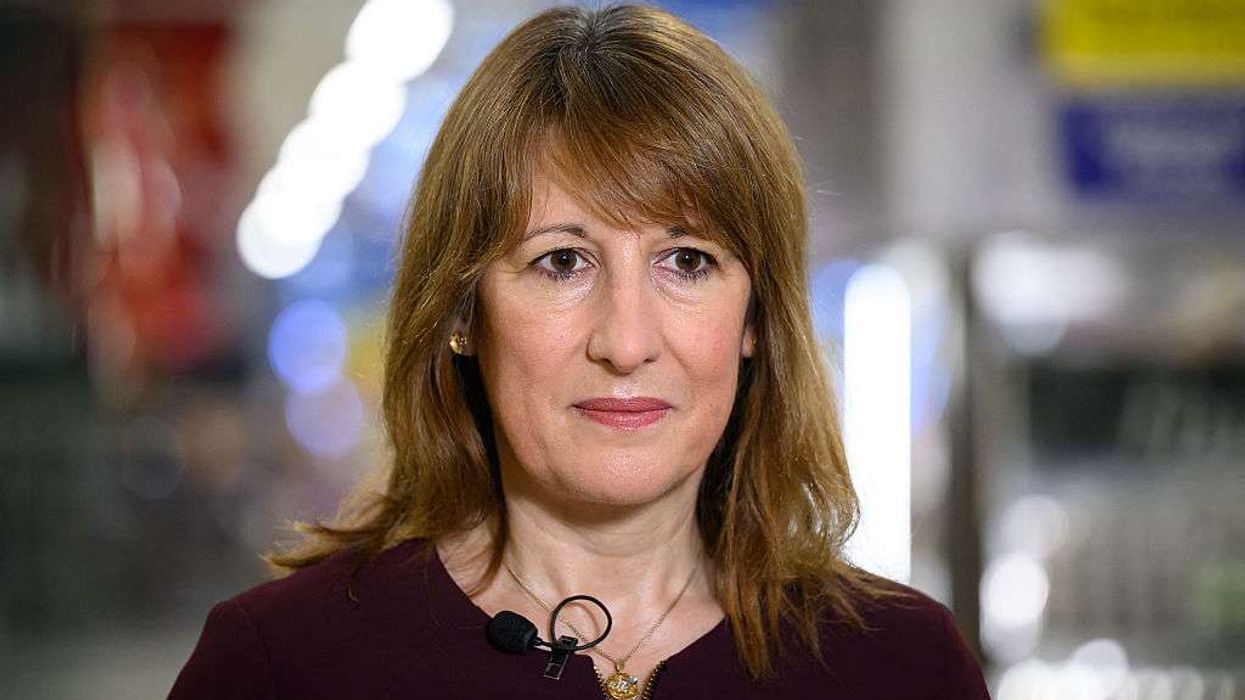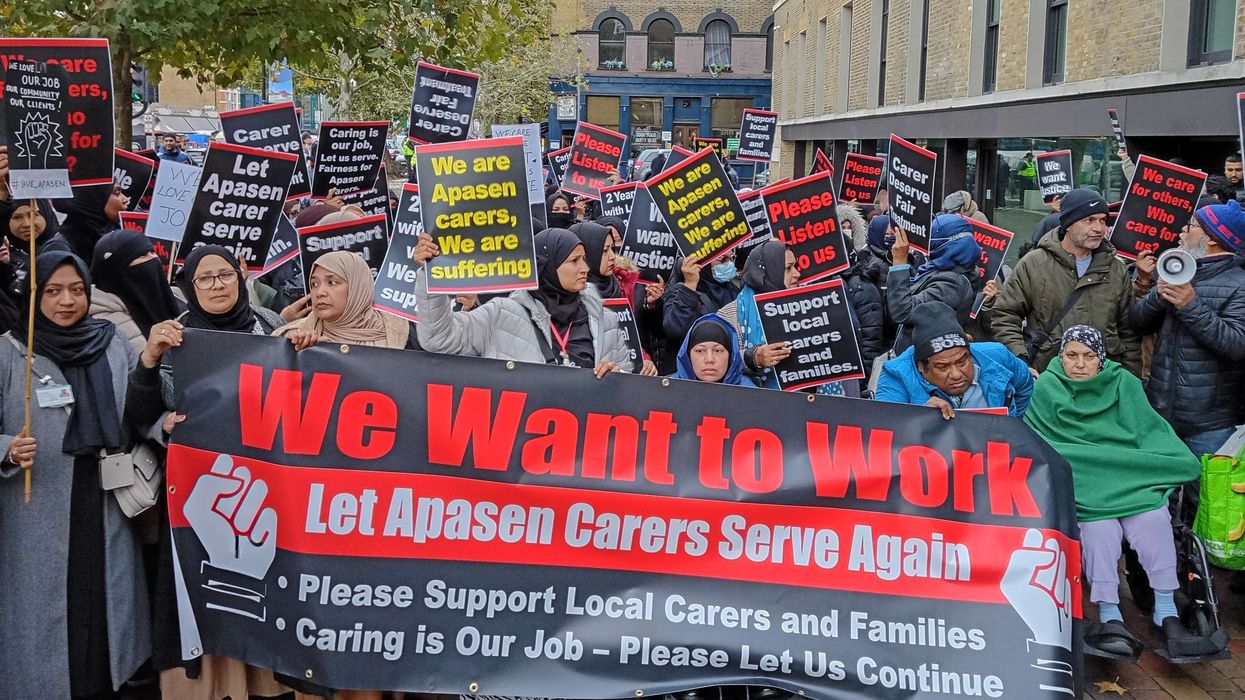HOLLYWOOD power couple Jennifer Lopez and Ben Affleck tied the knot last Saturday (20) in a lavish ceremony with Londoner Jay Shetty – a life coach and social media star – officiating over the exchange of vows.
The A-list couple had already wed in Las Vegas in mid-July, but made it official again, this time in front of friends and family at Affleck’s 87-acre (35-hectare) waterfront compound in the US state of Georgia.
Shetty, a one-time Hindu monk, is known to be a good friend of Lopez and has had her as a guest on his podcast On Purpose.
The 33-year-old has become known as one of the most influential people on social media, as well as a storyteller on mindfulness and wellbeing. His followers total more than 35 million and his daily videos have amassed more than seven billion views.
Shetty’s podcast, which has seen him interview celebrities including the late basketball player Kobe Bryant, reality TV star Khloe Kardashian and musician Alicia Keys, has had more than 64 million downloads.
He admitted the success was “completely unexpected”, and he had “never imagined it would ever happen”.
“I thought I would make videos in the evenings and weekends, go to my day job and do this as a hobby on the side because I loved and believed in it,” he said. “The fact that it’s got to this level… I live in gratitude because I never expected it.”

Born to British Indian parents in north London, Shetty’s life changed when during his first year of university at Cass Business School he attended a talk by a monk called Gauranga Das.
“That night, as I listened to the monk talk about his experience, I fell in love,” Shetty wrote in his book Think Like A Monk.
Das revealed he had given up an opportunity to study at the Indian Institute of Technology (IIT) Bombay – one of India’s most prestigious institutes – to pursue a life of mindfulness and spirituality.
Shetty said he was fascinated by his story, admitting he didn’t believe he had ever met anyone who was truly happy until he saw Das.
When Shetty graduated from college, he joined an ashram in Mumbai. He shaved his head, slept on the floor, studied ancient Indian scriptures and meditated for hours each day. He spent three years in the ashram before returning to the UK.
His time at the ashram was undeniably a point of interest for people, Shetty said.
“When I became a monk, it definitely wasn’t the coolest, trendiest decision. I did it because I just really believed in it and I love that there’s intrigue and curiosity about (my background).
“I think it’s such a beautiful thing to be intrigued and curious – not just about my background, but anyone’s. That’s what feeds our soul and keeps us alive.”
Although he considered himself as a ‘former’ monk after leaving the ashram, Shetty said he still applied the wisdom he had learnt to his everyday life. He started to make mindfulness videos on mental health, purpose and wellbeing in his spare time.
The Huffington Post came across the content and showed interest in them, which became the starting point for Shetty’s multi-million-pound mindfulness empire.
The popularity of his videos soared, and in 2018, one of his posts was named the most viewed on Facebook.
Despite his success, he keeps in touch with the monks he spent time with in Mumbai. He and his wife Radhi return every year to “reconnect with (his roots)”. “I’m really grateful to be still connected to that community,” he said.













